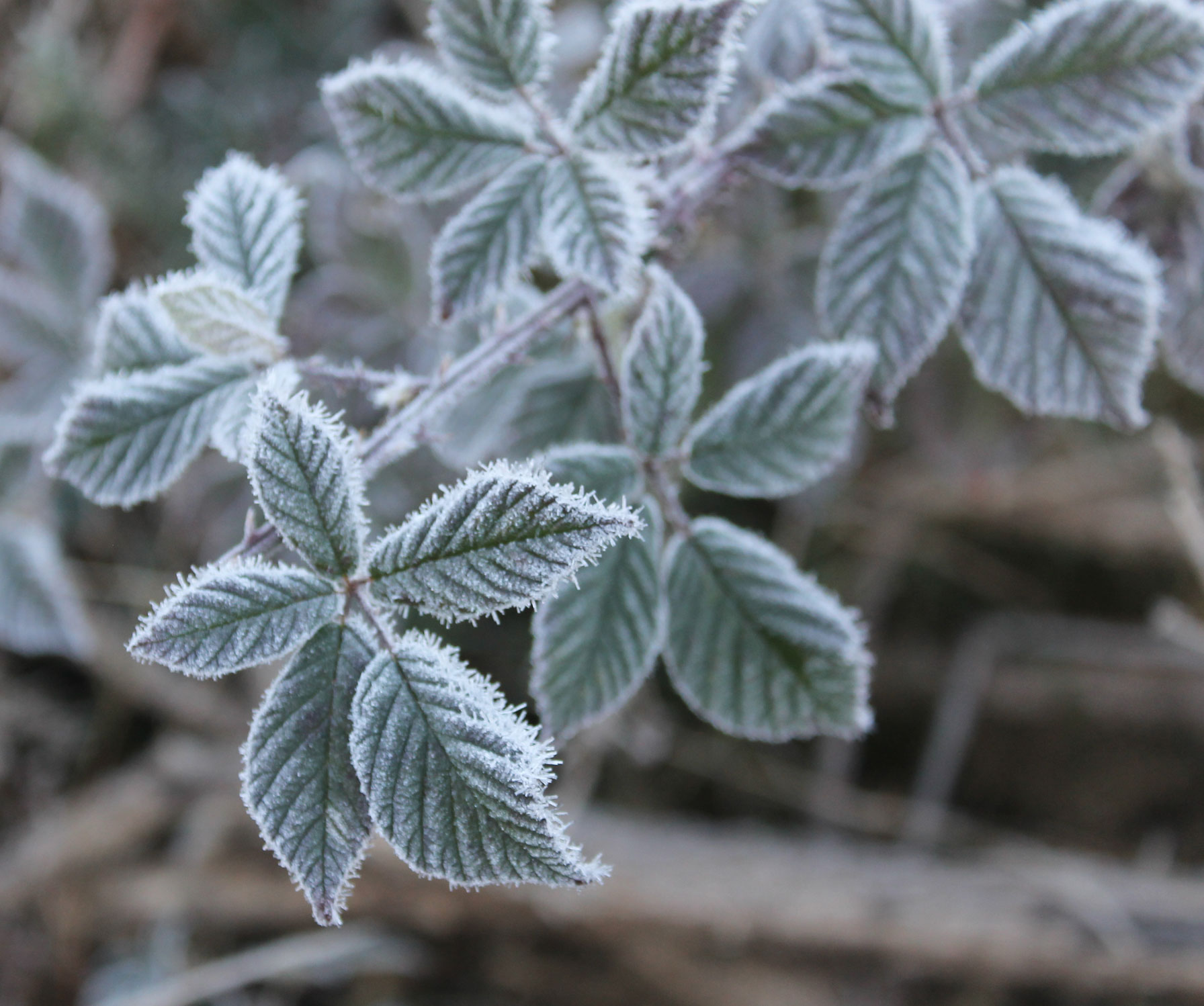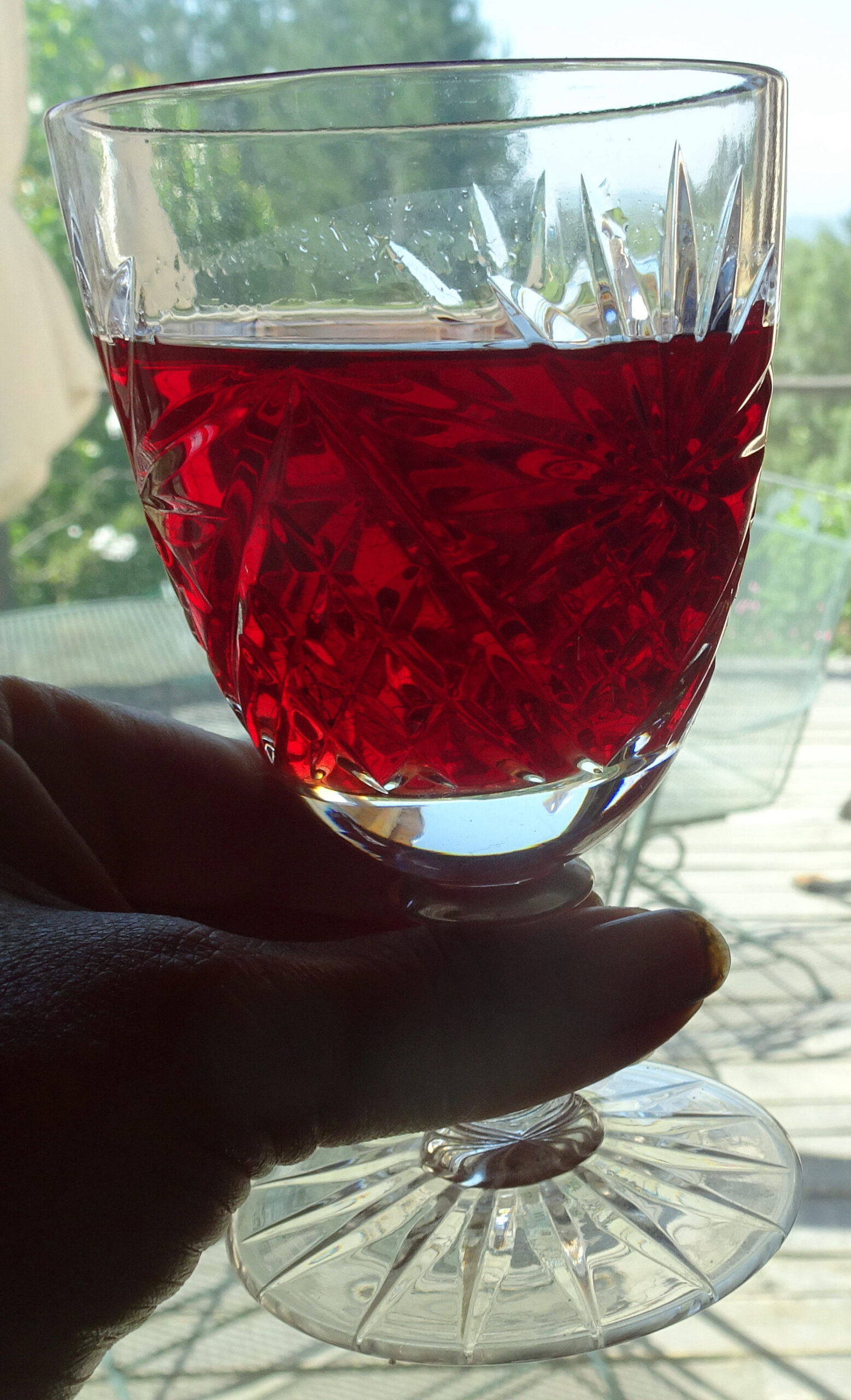
St John’s Wort: Blood from the Sun
This is my St John’s Wort oil from last summer – you can see why I call it blood from the sun.
The five yellow petals in a star formation, have the power to turn oil or alcohol blood red, pure magic. Yet very little is said of this phenomena in the herbal literature. Scientific research will tell you that the red colour is due to hypericin, the chemical that is said to give St John’s Wort its antidepressant effect. However, analysis from WALA (the scientific foundation formed by Dr Rudolf Hauschka) has shown that there is no hypericin in St John’s Wort oil, only similar derivative molecules. Exactly how the yellow flowers produce such a distinctive blood-red oil remains a beautiful mystery.
Alchemy, Signatures and Photobiomodulation
As always, most things are not what they seem and the more you look the greater the mystery and sense of wonder. When you look at the blood-red oil, you see crimson or vermillion, dependent on its potency, but what you are really seeing is an oil that is in the process of absorbing all the violet-green light frequencies and is reflecting the red – it looks red and it is red, but is also orange, yellow, green and violet, as well as the invisible infra-red and ultra-violet! I measured the colours with a neutral pendulum and the oil is especially strong in the violet wavelength.
The violet wavelength accounts for its cooling and anti-inflammatory effects when applied to burns, wounds and skin trauma and its stimulating, detoxifying effects in the liver and spleen. Many natural plant remedies seemingly ‘adapt’ to the needs of the user, but actually the plants do what they always do and it is the innate intelligence of the body that uses what it needs and ignores the rest. We are designed to work in synergy. with plants and light.
When you observe the red emerging from St John’s Wort flowers that are immersed in either oil or alcohol, you are seeing a speeded up view of the transmutation of the plant as it moves from its gross to subtle form. The alchemical process of separation of the colours through the extraction, renders the properties of each colour more easily available to the body – less energy needs to be expended to get the effect.
Each colour works on the body in a specific way to activate various healing processes. The long red and infra-red wavelengths help reduce some aspects of inflammation and accelerate wound healing and nerve injury by stimulating and energizing activities, such as ATP production in the mitochondria, increasing blood flow and circulation, the production of collagen and fibroblasts for repair and the lymphatic system for waste removal. The short violet and ultra-violet wavelengths work in more subtle ways, to reduce other aspects of inflammation and in helping to transmute emotions and in the regulation of boundary issues, which is why they work so well on skin problems.
Photobiomodulation is the term used to describe the biochemical reactions that occur within living cells in response to light, either naturally occurring or artificially generated. This process is known as photosynthesis in plants and has been known as ‘colour therapy’ for over 100 years. The most reliable and practical explanation of colour therapy I’ve found is Colonel Dinshah’s Spectrochrome Metry Encyclopedia. More information at: http://dinshahhealth.org/ and http://spectrochrome.com/
The doctrine of signatures considers colour and the interplay of other attributes of plants and minerals, with each other, humans and the cosmos. It was first introduced to the western world by Paracelsus in the 16th century when he observed that the outer appearance of colour, shape and texture, the plant’s preferred habitat, its smell and even the sound it makes, point to the organ, system or disease that plant affects.
“Nature marks each growth…according to its curative benefit.”
Paracelsus
This insight has no place in the obsessive limitations of modern science, but it is easily provable to anyone with the energy and inclination – which is the true beauty of ancient wisdom: it is freely available to anyone who cares to reach for it with an open heart and mind. No experts needed.
The function of the St John’s Wort plant is perfectly described, without words, in its form and habitat. It tends to grow in worn out fields and by the side of the road, areas that are parched and under-nourished, disturbed by human intervention. It grows abundantly around here in the places close to the house where rubble accumulated during the building work, in the areas of soil erosion around the orchard and along the side of the track.
Each star-shaped yellow flower bursts outwards like the rays of our own star, displaying its inherent inclination to move energy from within the unknowable centre to the familiar surface. The star is recognized in the ancient world as a symbol of protection, as in the pentagram, representing the five elements of mankind in balance: earth, air, fire, water and spirit/ether. Today, the notion of protection has reached its limits; as so eloquently demonstrated by the wearing of masks to protect oneself from an invisible ‘threat,’ when the necessary individual challenge is in the transmutation of the perennial fear of the unknown, as and when it arises. The timeless alchemy of St John’s Wort facilitates this activity.
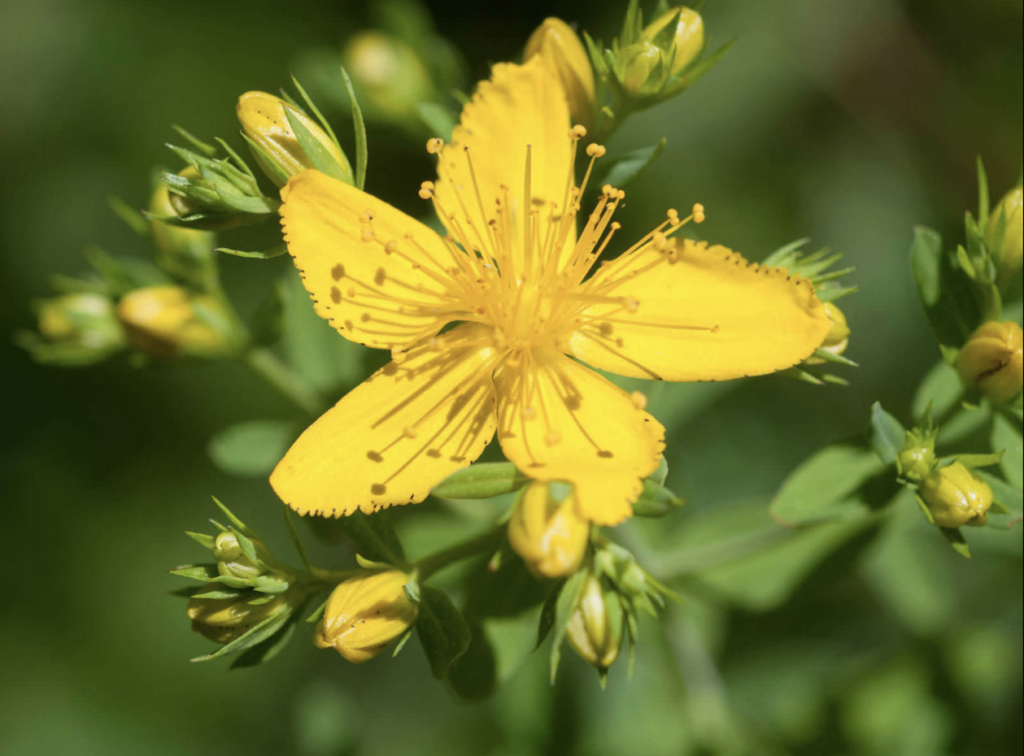
The stamens of the St John’s Wort flower thrust upwards in tufts from the centre looking as you might imagine a biological electrical system, ie a bundle of nerves, to look, bringing to mind the central nervous system. St John’s Wort is an excellent remedy, in almost any form, for raw nerves especially those involving the spine, such as sciatica.
The small oval leaves are perforated all over, giving the plant its botanical name; hypericum perforatum. It is a testimony to the observational powers of healers of the past, as I had to get out the magnifying glass. to see the tiny dots. The perforations are the signature of the plant’s ability to help heal puncture wounds, or any injury of a sharp stabbing nature. I would definitely include St John’s Wort in my protocol if I needed relief from any injury involving needles.
Detoxification and Healing
St John’s Wort is regarded as an invasive weed in many parts of the world because of its so-called photo-toxic properties, meaning that when-light skinned horses, cows, goats or sheep graze on it they develop skin sores and their ‘productivity’ decreases.
Key question: is what you are experiencing symptoms of disease or signs of healing?
The skin eruptions in animals are part of the healing and detoxification process of the animal, rather than a symptom of disease. St John’s Wort works specifically with the liver (bile-yellow) helping it to produce proteins that make synthetic chemicals more water soluble so that they can be moved from fat cells to blood, (yellow to red) for elimination through the skin, kidneys and the other detox pathways. St John’s Wort flowers in mid-summer, its nature is to work with the sun. The body also works with the sun to produce vitamin D, which further stimulates the detoxification processes in the liver. So, as usual, the natural synergistic healing and clearing processes of animals, plants and our home star is deemed to be pathological and one of nature’s most powerful detoxification remedies is vilified.
The central nervous system is particularly affected by pesticides, stress, microwaves and ELF radiation and now with 5G. It is impossible to escape EMF pollution and it has become a factor in our survival and transformation as a species, whether we like it or not. Anyone who wants to remain healthy for as long as possible needs to reduce their toxicity and EMF exposure in any way they can, especially in their own homes and while sleeping. (In addition to drinking good water and a healthy, natural diet and lifestyle.) St John’s Wort has a special ability to support the nervous system and I find that a few drops of tincture through the winter months to be noticeably beneficial in maintaining calm alertness and mental clarity. It is especially good in supporting spinal injury involving the central nervous system.
ADDENDUM: I have been using it to support Tulku as he is going through his dragon dog transformation, with inflammation of the nerves in the lumbar region and it is enormously helpful for him.
St John’s Wort is another healing plant that is associated with witchcraft (all the good ones are!) I think that its proven ability to support the nervous system has a lot to do with its reputation for scaring away evil spirits and demons. Anxiety make people susceptible to negative influence and the human imagination is good at creating demons.
The caution against using St John’s Wort if you are using pharmaceuticals is due to its pronounced detoxification properties, which is very useful if you want to get unnatural chemicals out of your body, but a bit risky if you rely on birth control pills or other medications. I find that the combined effects of detoxification and calming nerves make St John’s Wort the near perfect remedy for these times and use the tincture and oil regularly for us and our animals.
Uses of St John’s Wort
St John’s Wort is an important remedy in my home-grown medicine cabinet. I harvest and prepare the flowers in summer for use it in tincture, oil and salve. For the rest of the year:
Tincture:
A few drops a couple of times a day for calming agitated anxiety, especially the kind that appears with stagnation towards the end of winter, before the fresh energy of spring moves in.
I’m currently using it as a general detox support, as there is a lot of energy available for clearing and detoxing at the moment.
Oil:
As part of the detox energy just mentioned, many things are coming into awareness that were previously unseen. Some of this can be unpleasant and frightening and sleep might be disrupted with nightmares and malevolent characters, this is the necessary downside of coming into our multi-dimensional selves. I have found that St John’s Wort oil rubbed on the upper abdomen solar plexus area before sleep, has helped me to stay lucid and grounded, so as to observe and transmute the energy of these encounters in my sleep. This is the protective power of St John’s Wort at work.
It’s also great to rub on aches and pains, especially back pain, and works on bruises in as well as arnica but can also be safely used on open wounds.
In coconut oil:
Every year I make a small batch of St John’s Wort infused in coconut oil. I keep it in the fridge, solely for use on burns. It is an excellent burns remedy and if used immediately, it will prevent blistering. I use it whenever I burn myself on the BBQ or outside oven, or if I get splashed with hot oil. We used it on Dean’s third degree burns on his face and hands from the barn fire and although it did not prevent all blistering, he healed without any scars.
Coconut oil is essential for this remedy, as it also has anti-inflammatory, analgesic and cooling properties and allows the heat of the burn to release. All other oils seal the damaged are and keep the heat in, so should not be used for burns.
Salve:
I have used St John’s Wort in a salve on Freya, Izzy and Lila, for their surgical wounds after they were spayed, instead of the antibiotic cream from the vets and they all healed very quickly. (I have to say, I really don’t like getting our animals spayed, but it’s a better option than having to find homes for puppies and kittens when every female animal around here has litters EVERY season!)
I only make St John’s Wort in a salve for specific reasons, when I need it as a specific remedy to give good coverage and stay in place, otherwise the oil works just as well. However, I do use St John’s Wort oil in a general healing salve that includes, yarrow, plantain, calendula and lavender.
From Matthew Woods, The Earthwise Herbal
“It is best known as a first aid remedy for injuries to nerves—and is suited to injuries to parts rich in nerves (eye, fingertips, spine) where there are sharp, shooting pains, inflammation along nerves, acute sensitivity and pain, blood poisoning from injuries to fingers and toes (red stripes up the extremities), and clonic spasms and convulsions from inflamed nerves. Hypericum was considered a specific for tetanic convulsions in homeopathyIt is a fixture of Russian herbalism and medicine (which are not separate in that country). Russian indications are therefore extensive.
It is considered to be a “liver remedy” and thus a “detoxifier.” We get some of these indications from Alma Hutchins and Fred Siciliano, OMD. The latter studied with Sydney Yudin, a Russian trained doctor of botanical medicine. Hypericum with Aloe powder (the purgative) is a deep detoxifier, according to Hutchins (1992, 258). Watch the urine: “Whole flakes of morbid matter are sometimes washed away with it.” St. John’s wort is particularly called for in cases where the innervations of the digestive tract, the autonomic, are weak and there is tension from a toxic liver—“liver overpowering the spleen” (Siciliano).
St. John’s wort and wood betony were the two most important remedies for psychiatric problems in the Middle Ages—what were then called the ill-effects of witchcraft and demons. Both plants strengthen the enteric brain, seat of the instincts, and it is in this manner that they “drive away evil influences”—the person gets stronger, so as not to fall under the domination of untoward people. Today, Hypericum is used for depression and anxiety. The exact mechanisms are uncertain, but it does not seem to be an MAO inhibitor.”
Matthew Woods, The Earthwise Herbal
Iron Will: Biomagnetic Entrainment
The Hermetic Wild Child
You May Also Like
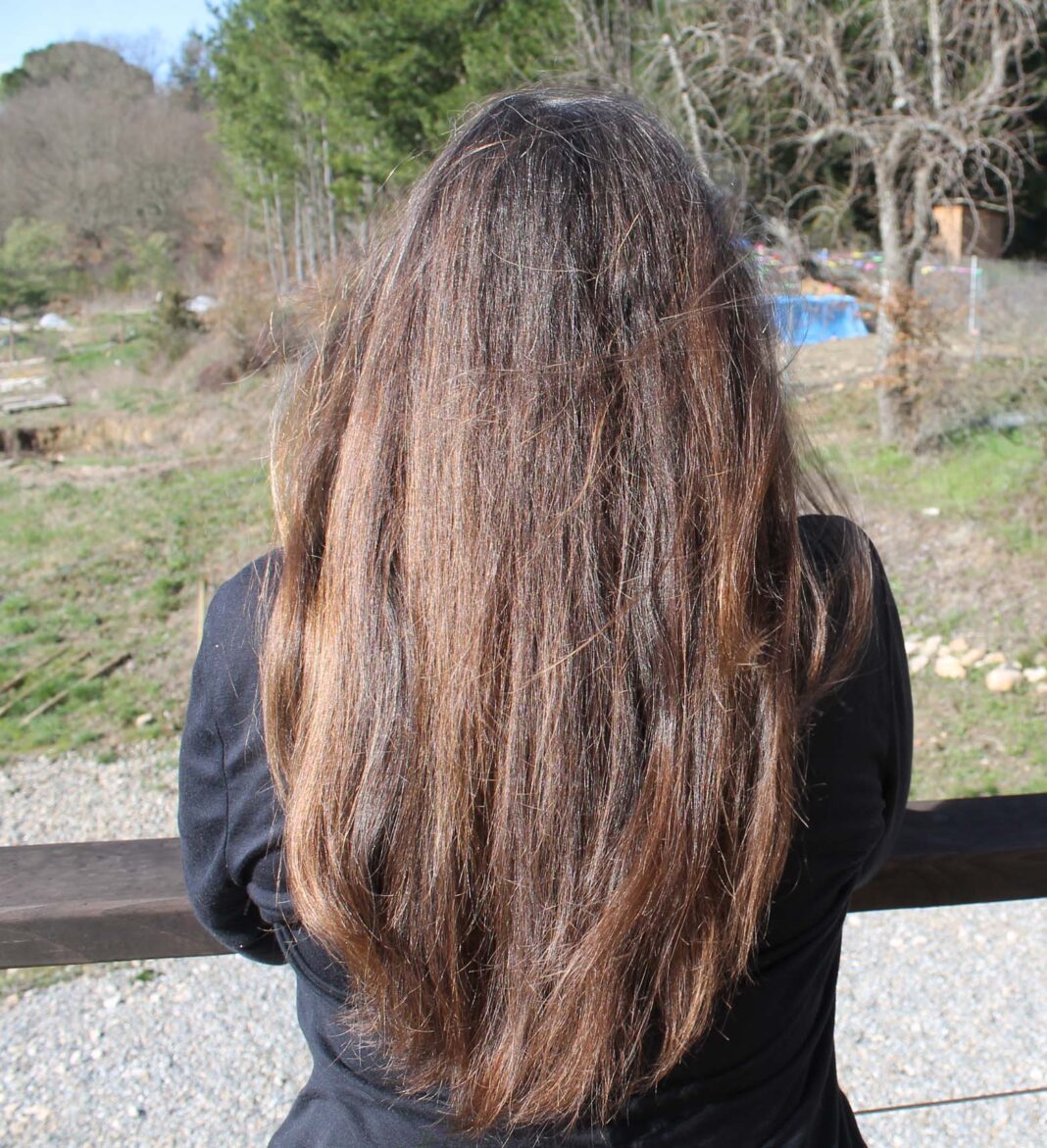
Natural coconut milk shampoo
November 27, 2013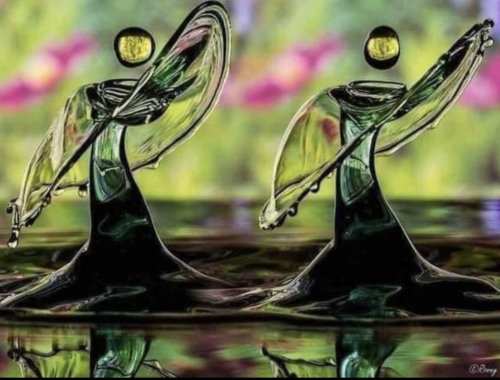
Walking Water
January 23, 2023